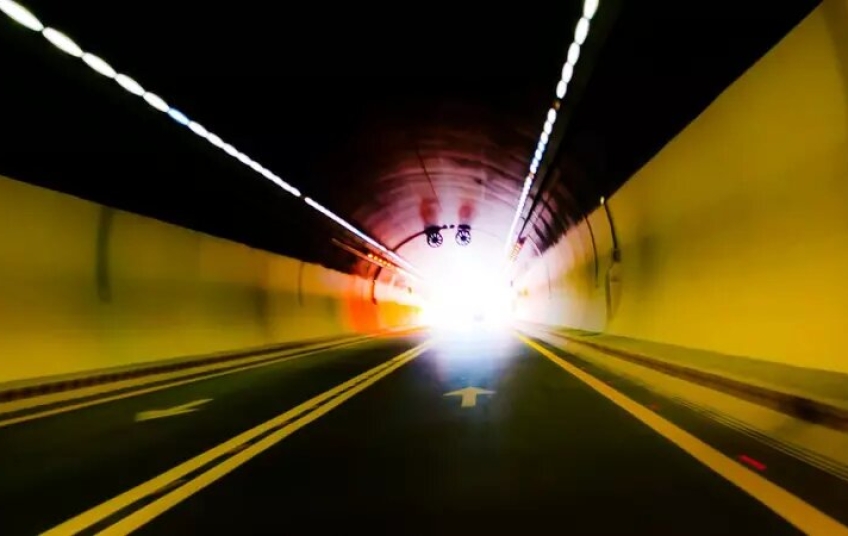The answer to this question is quite simple: the dense layers of concrete separating the tunnel from the outside block the radio signal from the satellites. GPS devices also use up to four satellites at a time to provide accurate latitude, longitude and altitude information, and without a direct line between the device and the sky, GPS will not work properly.
But the most interesting thing is not the reason for this signal problem, but how Google is implementing a solution and how cities in various parts of the world, including Madrid, are applying this method.
Since it is not possible to get the signal inside a tunnel, Google announced its own solution in January 2024: installing Bluetooth beacons inside tunnels, which can transmit location information to navigators so as not to depend on satellites in these covered or underground sections. These beacons or microcontrollers are low-energy devices (hence the technology is also known as Bluetooth Low Energy or BLE), which operate on batteries and are attached to the internal walls or ceiling of the tunnel.
This is the technology that Madrid City Council will deploy in the tunnels of the M-30 in Madrid so that getting lost on these roads due to lack of directions becomes a thing of the past, as we reported last week.

With this system, invented by engineer Gil Disatnik of Waze (Google's mobile traffic app), they will avoid those chaotic moments in which either the GPS stops working, or goes crazy and shows the vehicle crossing residential areas without discriminating between roads and houses.
How Bluetooth Beacons Work
Google defines these beacons as follows. A beacon “is a low-power, cost-effective, battery-operated microcontroller that sends a one-way signal to a user’s phone or tablet without capturing any information about them.” This means that beacons do not collect any information about the user. They are capable of transferring data over 40 channels and operate in the 2.4GHz ISM band without requiring a license.
They are designed to use very little power and send less data. Typically, they only use 1-20% of standard Bluetooth power and use 15-50% of the speed. However, when the battery runs out (which can last for years) the beacon needs to be replaced, as they are not rechargeable.






